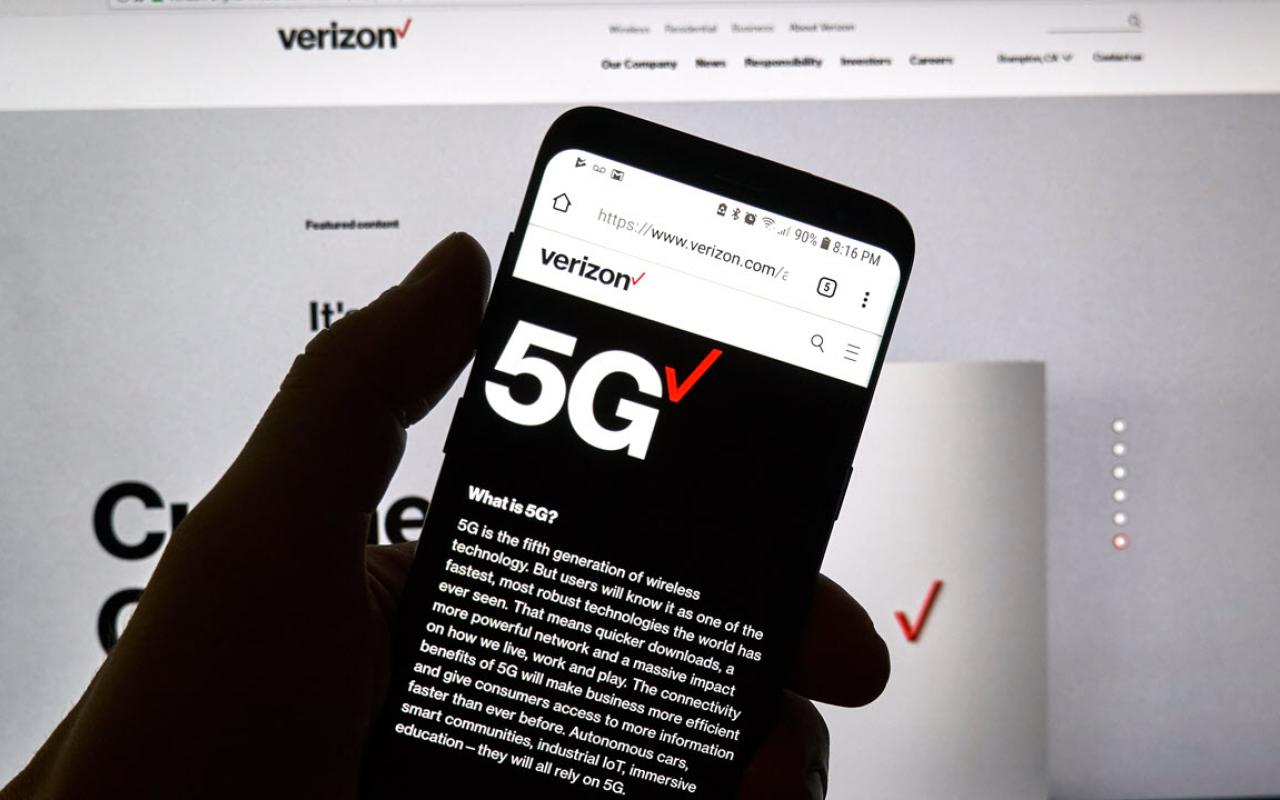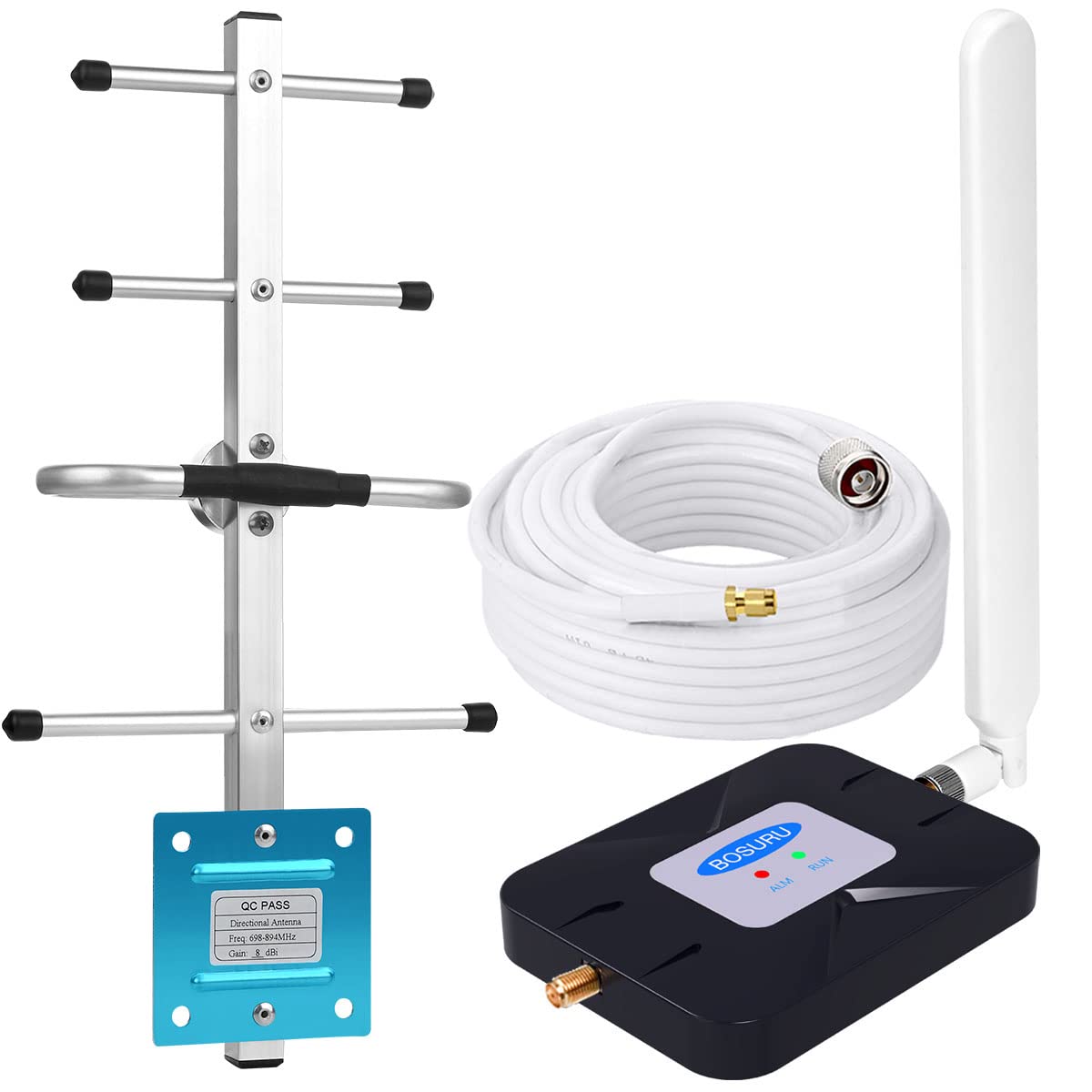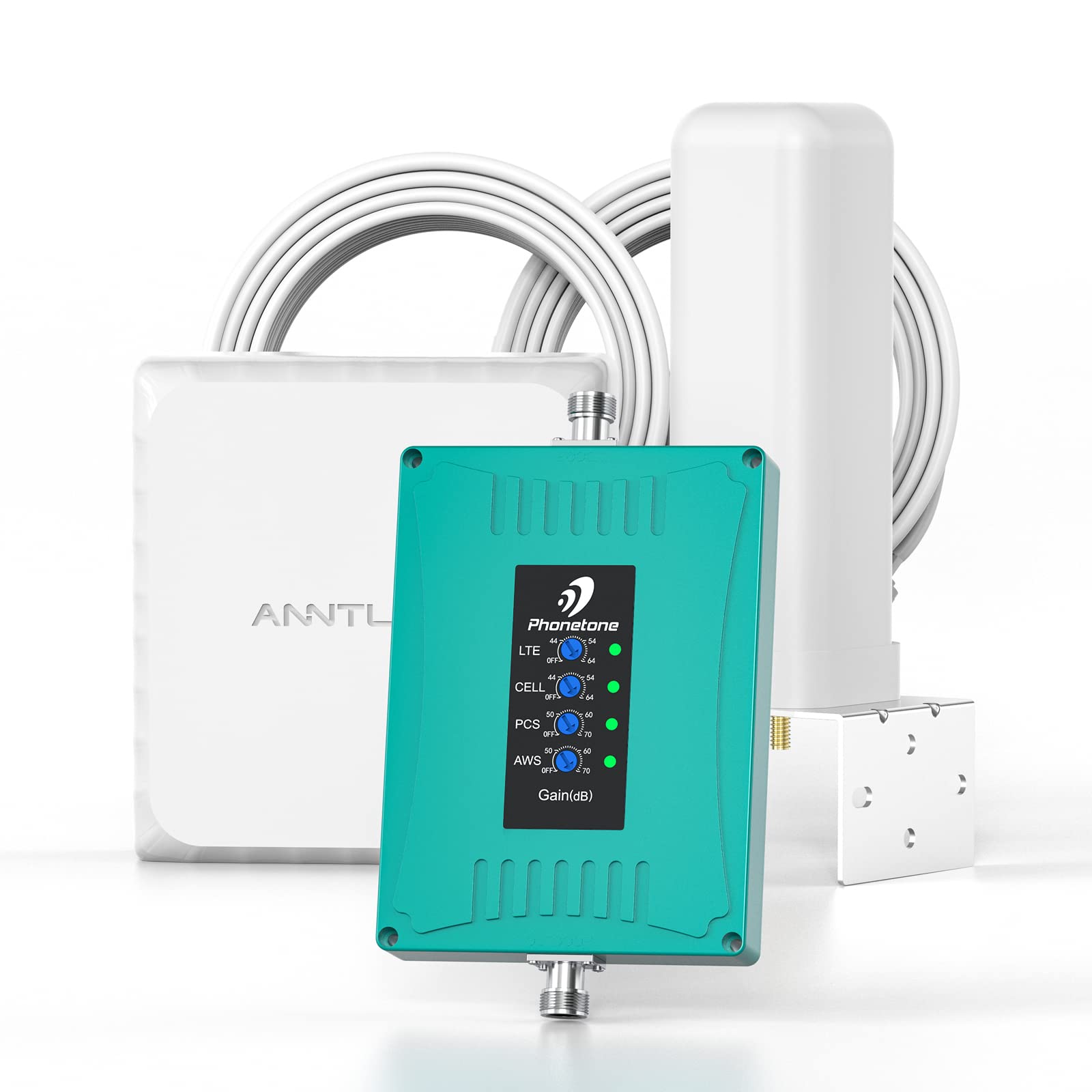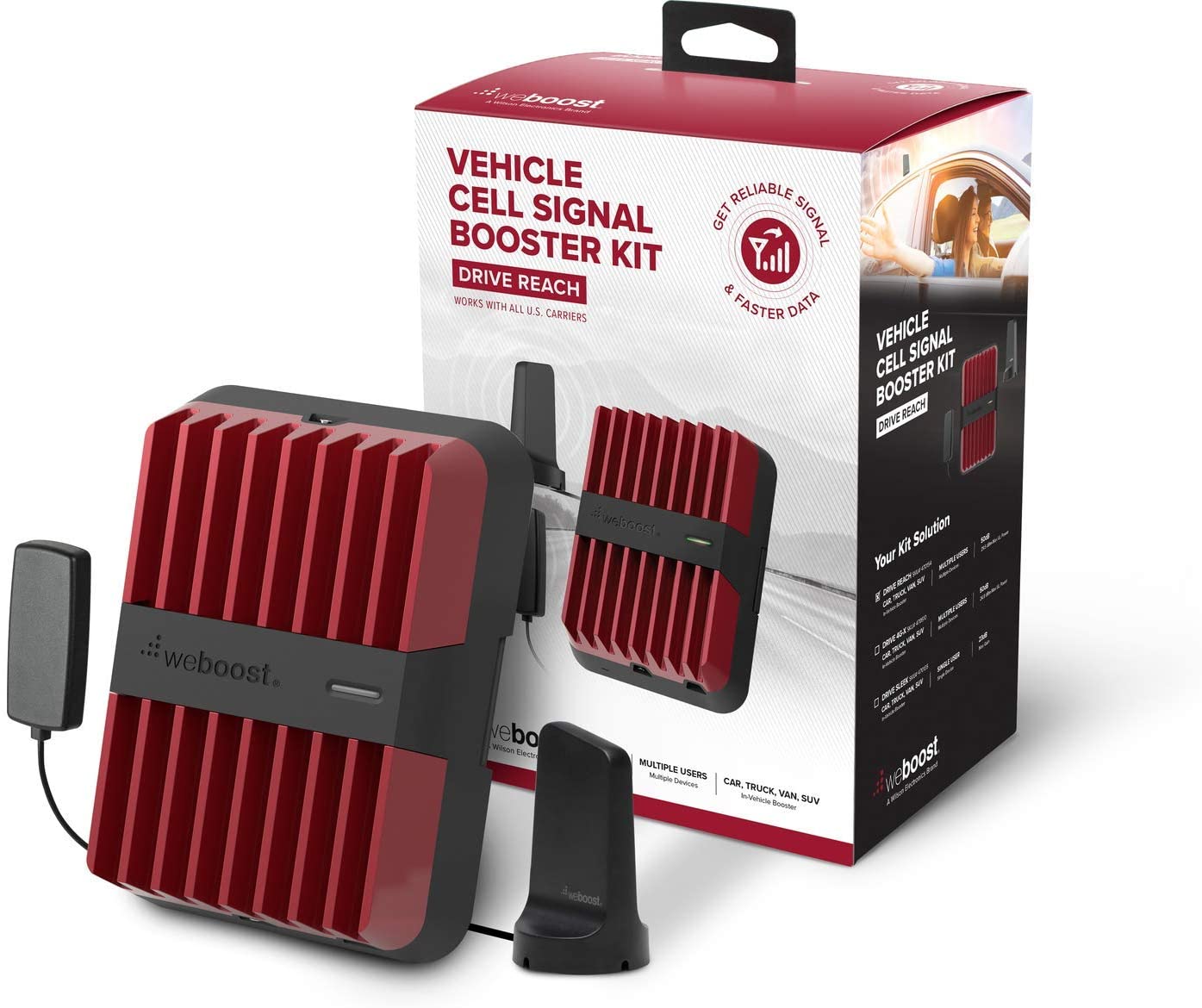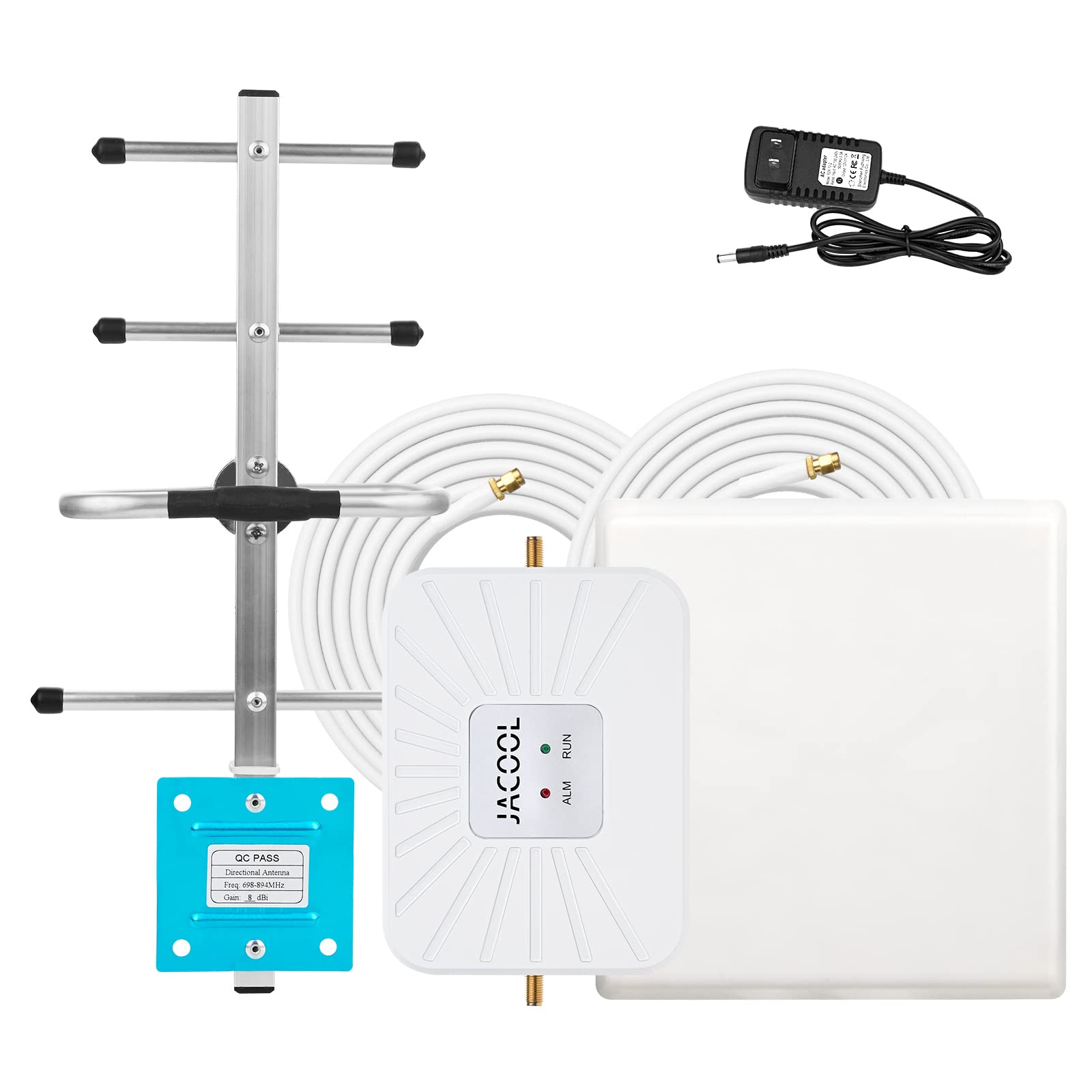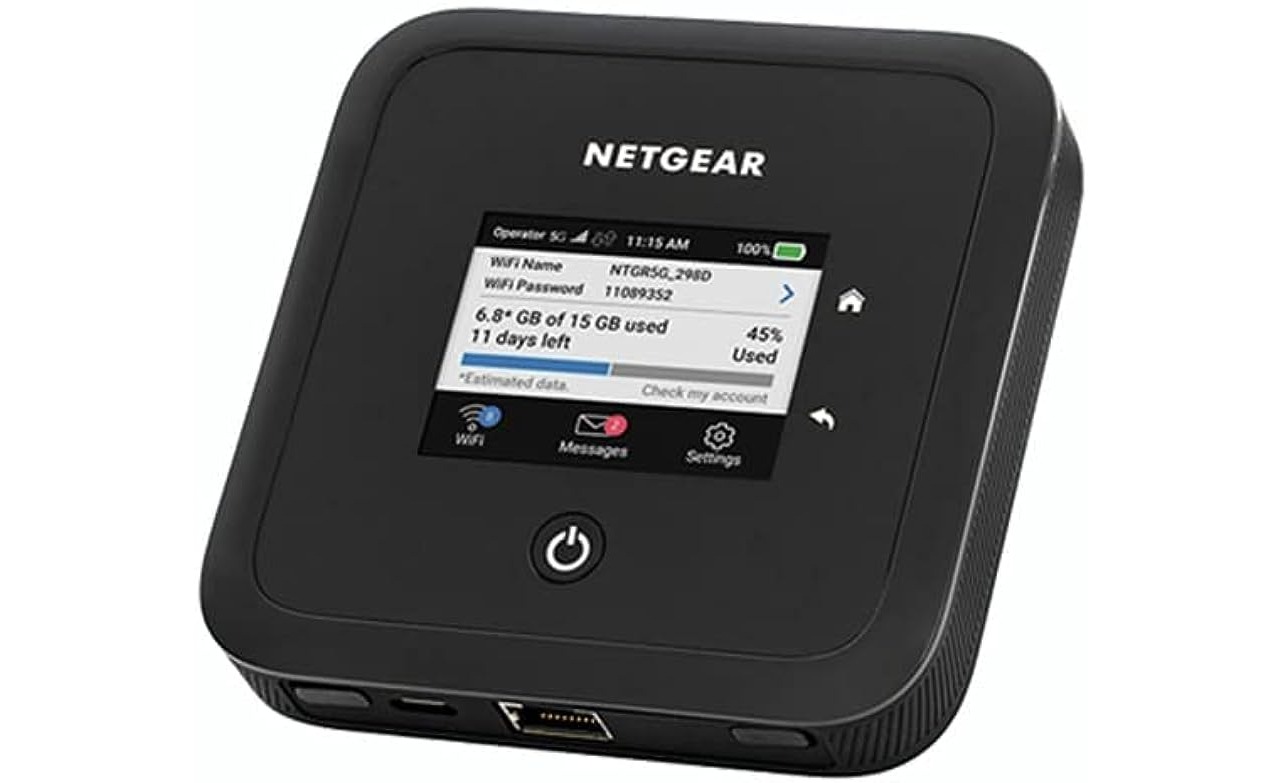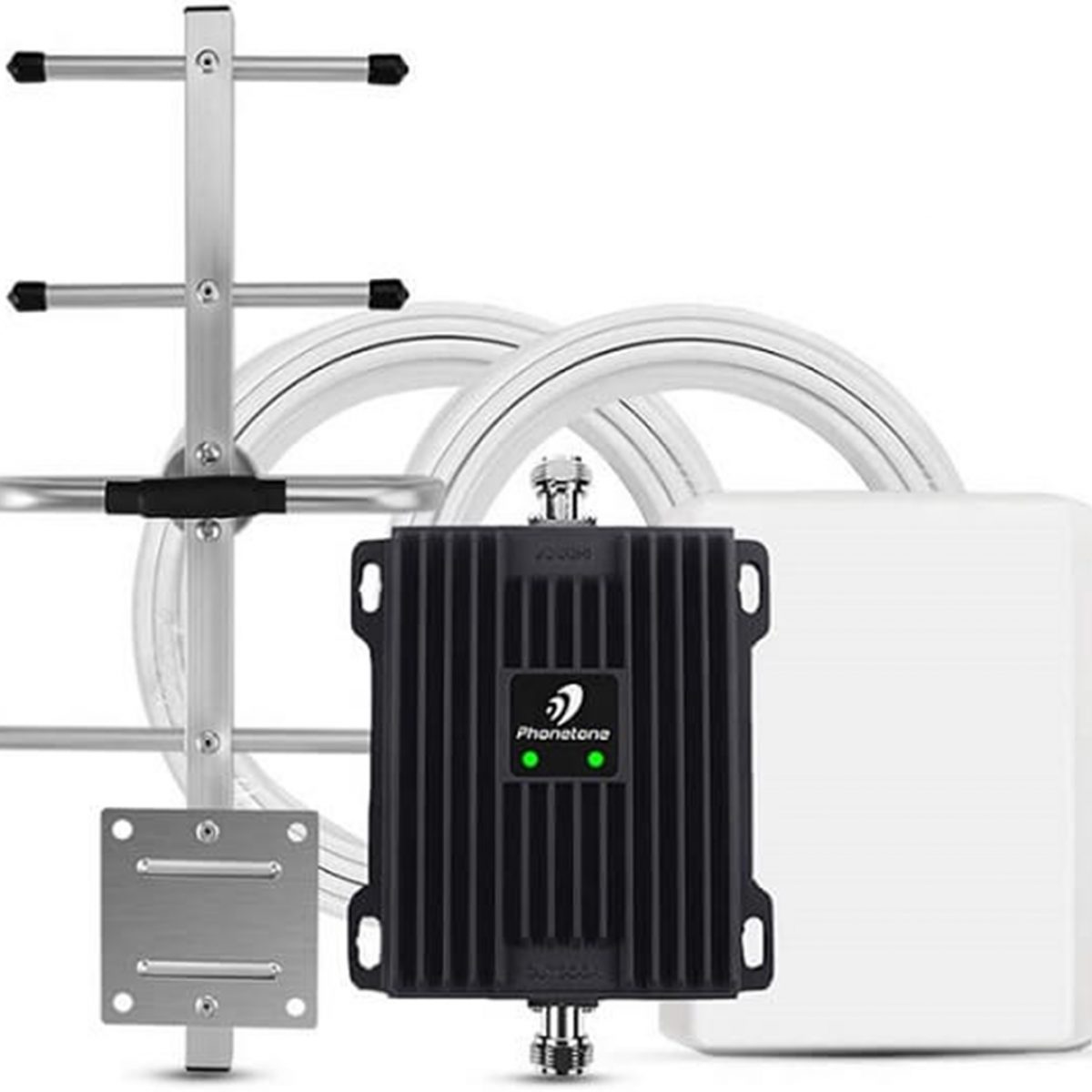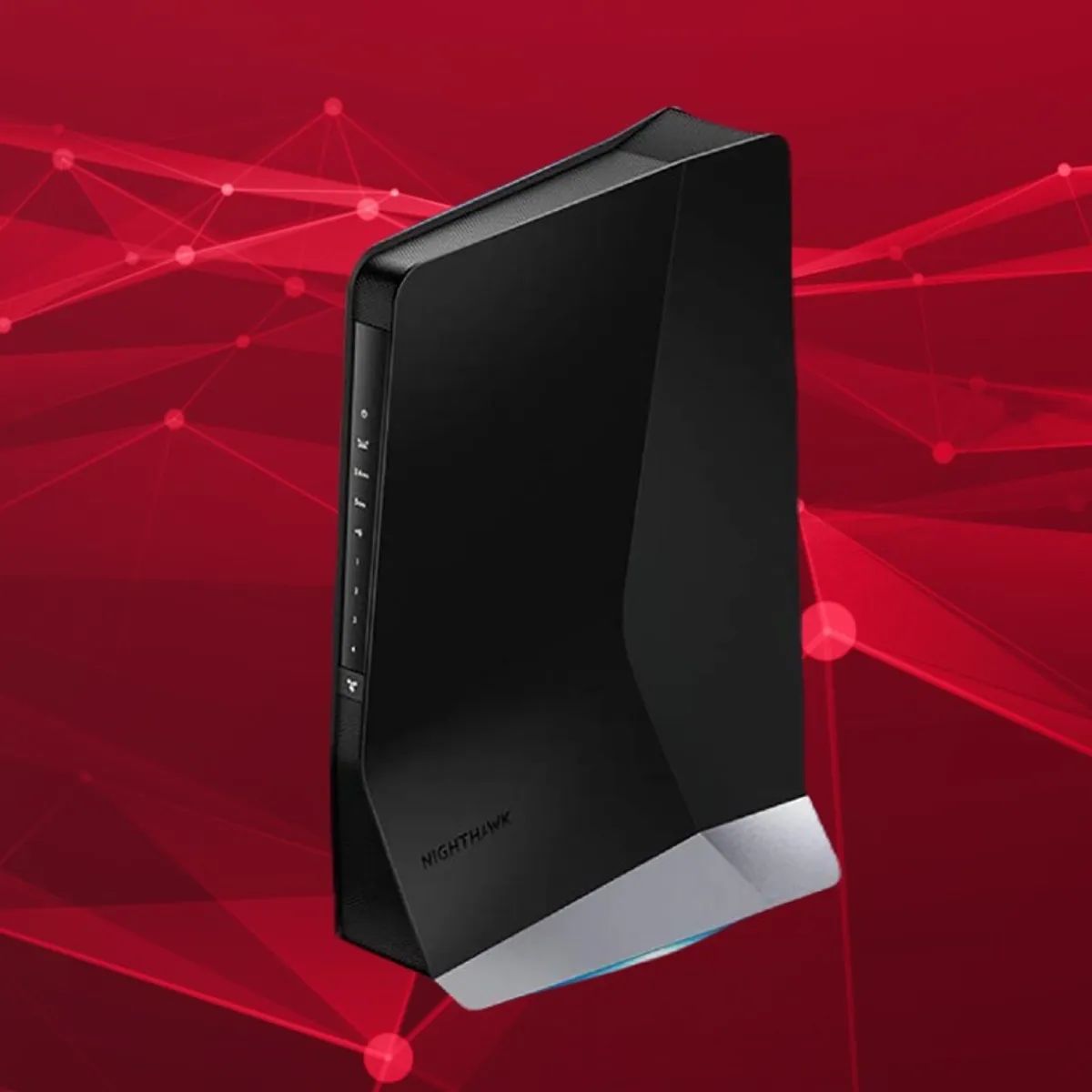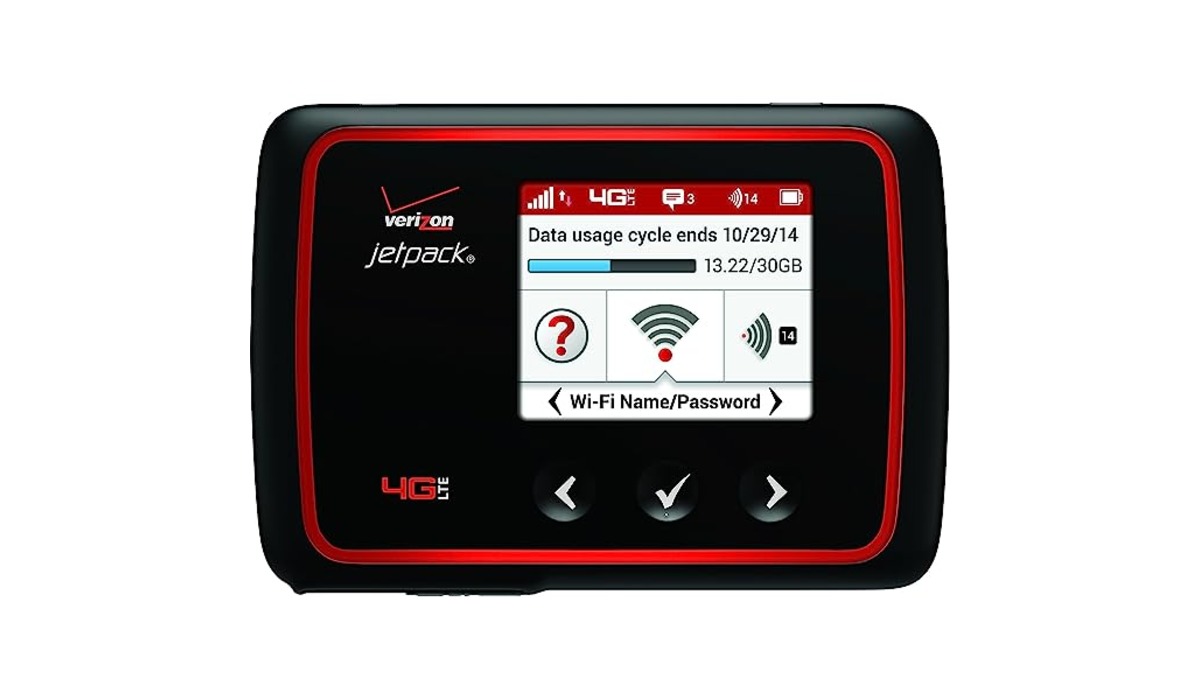Introduction
Welcome to the world of 4G LTE! As technology continues to evolve, so does our need for faster and more reliable internet connections. One of the key players in the 4G LTE market is Verizon, a telecommunications company known for its extensive coverage and high-speed network.
In this article, we will delve into the world of Verizon’s 4G LTE network and explore the specific LTE bands that they utilize. Understanding LTE bands may seem like a complex topic, but fear not! We will break it down into bite-sized pieces, allowing you to grasp the fundamentals and get the most out of your Verizon experience.
Whether you are a tech enthusiast, a business professional, or simply a curious individual, this article will provide you with valuable insights into Verizon’s 4G LTE bands. By the end of this article, you will have a clearer understanding of how these bands work and how they can impact your internet browsing, streaming, and overall connectivity.
Let’s dive into the world of Verizon’s 4G LTE bands and discover what makes their network so powerful and reliable. Are you ready? Let’s get started!
Verizon’s 4G LTE Network
Verizon’s 4G LTE network is renowned for its extensive coverage and impressive speeds, making it a top choice for millions of customers across the United States. With widespread availability in urban areas, suburban neighborhoods, and even rural regions, Verizon ensures that users can enjoy a seamless internet experience wherever they go.
One of the key advantages of Verizon’s 4G LTE network is its reliability. With built-in redundancies and a robust infrastructure, Verizon offers a highly stable network that minimizes disruptions and ensures consistent connectivity. This reliability is particularly important for those who rely on their mobile devices for work, communication, or entertainment.
Verizon’s commitment to innovation is evident in their continuous efforts to expand and improve their 4G LTE network. They invest heavily in research and development to stay at the forefront of technology, leveraging advanced technologies like carrier aggregation and beamforming to enhance network performance and capacity. This commitment to innovation ensures that Verizon’s network can keep up with the ever-increasing demand for high-speed internet access.
Furthermore, Verizon’s network is designed to accommodate a wide range of devices, from smartphones and tablets to smartwatches and Internet of Things (IoT) devices. This means that regardless of the device you use, you can expect fast and reliable internet connectivity on Verizon’s 4G LTE network.
Verizon also excels in customer service and support. They have an extensive network of customer care representatives who are dedicated to assisting you with any network-related issues or inquiries. Whether it’s troubleshooting connectivity problems or providing guidance on device compatibility, Verizon’s customer support team is there to ensure that you have a positive and hassle-free experience.
Overall, Verizon’s 4G LTE network is a powerhouse in the telecommunications industry. With its extensive coverage, reliability, and commitment to innovation, Verizon continues to deliver a superior internet experience to its customers across the country.
Understanding LTE Bands
Before we explore the specific LTE bands that Verizon uses, it’s essential to have a basic understanding of what LTE bands are and why they matter. LTE bands refer to specific frequency ranges that mobile networks use to transmit and receive data. Different bands operate on different frequency spectrums, and each band has its own unique characteristics and capabilities.
One of the key reasons why LTE bands are significant is because they determine the compatibility of your device with a particular network. If your device doesn’t support the LTE bands used by your network provider, you may experience limited connectivity or even no connection at all.
Additionally, LTE bands also impact the speed and coverage of your internet connection. Some bands are better suited for delivering high-speed data, while others excel in providing broader coverage. Therefore, understanding the LTE bands used by your network provider is crucial for optimizing your internet experience.
It’s important to note that LTE bands are not standardized globally. Different countries and network providers can use various bands depending on their regulatory requirements and network infrastructure. As a consumer, it’s essential to be aware of the LTE bands used by your specific network provider to ensure compatibility and the best possible network performance.
With that fundamental understanding in mind, let’s now delve into the specific LTE bands utilized by Verizon and explore their capabilities and applications. By familiarizing ourselves with these bands, we can better understand the network’s performance and compatibility.
Verizon’s LTE Bands
Verizon utilizes multiple LTE bands to offer widespread coverage and fast data speeds to its customers. These bands cover a range of frequency spectrums and each has its own unique characteristics. Let’s take a closer look at the LTE bands that Verizon uses:
Band 2 (1900 MHz)
Band 2, also known as the PCS band, operates on the 1900 MHz frequency range. This band provides good coverage and is commonly used in urban and suburban areas. It offers a balance between coverage and data speeds, making it suitable for everyday internet activities such as web browsing, social media, and video streaming.
Band 4 (1700/2100 MHz AWS)
Band 4, also known as the AWS band, operates on the 1700/2100 MHz frequency range. This band is known for its excellent capacity for data transmission, making it ideal for high-speed activities like downloading large files, video conferencing, and online gaming. Band 4 is commonly utilized in urban areas where there’s a high demand for data-intensive applications.
Band 5 (850 MHz)
Band 5 operates on the 850 MHz frequency range and is commonly referred to as the Cellular band. This band offers excellent coverage in rural areas and provides a strong signal penetration through buildings and obstacles. Band 5 is used in conjunction with other bands to enhance coverage in areas where network signal strength may be weaker.
Band 13 (700 MHz)
Band 13 operates on the 700 MHz frequency range, offering excellent coverage even in rural and remote areas. This band is particularly well-suited for long-range coverage and provides a reliable signal, making it ideal for outdoor activities or travel. Band 13 provides a balance between coverage and capacity, allowing for smooth browsing and streaming experiences.
Band 66 (1700/2100 MHz AWS-3)
Band 66 is an extended version of Band 4 and operates on the 1700/2100 MHz frequency range. This band offers increased capacity and faster data speeds compared to Band 4. It is commonly used in densely populated areas and urban centers where there is a high demand for data-intensive activities.
Band 48 (Citizens Broadband Radio Service)
Band 48, also known as Citizens Broadband Radio Service (CBRS), operates in the 3.55-3.7 GHz frequency range. This band offers additional capacity for high-speed data transmission, enabling the deployment of private LTE networks and enhancing the performance of enterprise applications.
By leveraging these LTE bands, Verizon ensures a wide coverage area and delivers fast and reliable internet connectivity to its customers. This enables users to stay connected and enjoy a seamless online experience, regardless of their location or data usage requirements.
Band 2 (1900 MHz)
Band 2, also known as the PCS band, operates on the 1900 MHz frequency range. This band is a crucial component of Verizon’s 4G LTE network and plays a significant role in providing reliable coverage in urban and suburban areas.
The primary advantage of Band 2 is its ability to strike a balance between coverage and data speeds. It offers a good coverage area, ensuring that users in densely populated areas can enjoy a strong and stable signal. With Band 2, Verizon can provide reliable connectivity for everyday internet activities such as web browsing, social media, and video streaming.
In urban areas where a high concentration of users requires seamless mobile data access, Band 2 is particularly effective. It allows for efficient data transmission, ensuring that users can browse the web, chat with friends, and stream their favorite content without interruptions or slowdowns.
Additionally, Band 2 operates on a frequency that can penetrate through buildings and obstacles relatively well, further enhancing its coverage capabilities. This means that even in areas with many structures, the signal quality remains robust, allowing for a consistent and uninterrupted internet experience.
Band 2’s compatibility with a wide range of devices is also worth noting. Most smartphones, tablets, and other mobile devices are designed to support Band 2, ensuring that users can connect to and benefit from Verizon’s network without compatibility issues.
Moreover, Band 2’s implementation and deployment are continually being optimized by Verizon to enhance network efficiency. This ensures that users experience the best possible performance, regardless of their data usage patterns or the number of users in a given area.
In summary, Band 2 operates on the 1900 MHz frequency range and provides a reliable balance between coverage and data speeds. It is widely used in urban and suburban areas, delivering a strong and stable internet connection for everyday activities. With its compatibility, building penetration capabilities, and ongoing optimization, Band 2 remains a key component of Verizon’s 4G LTE network and contributes to the superior user experience enjoyed by Verizon customers.
Band 4 (1700/2100 MHz AWS)
Band 4, also known as the AWS band, operates on the 1700/2100 MHz frequency range, making it a crucial component of Verizon’s 4G LTE network. This band offers excellent capacity for data transmission, making it ideal for high-speed internet activities.
One of the key advantages of Band 4 is its ability to deliver fast data speeds. With its higher frequency range, Band 4 can accommodate a larger amount of data, allowing for seamless streaming, video conferencing, online gaming, and other data-intensive applications. This makes it well-suited for urban areas and locations with high demand for bandwidth.
Band 4’s ability to handle large data volumes also contributes to a smoother overall network experience. Users can enjoy quick download and upload speeds, minimizing buffering times and maximizing productivity. This band is particularly beneficial for individuals who rely on their mobile devices for work, entertainment, and communication.
Another advantage of Band 4 is its compatibility with a wide range of devices. Most modern smartphones, tablets, and other mobile devices are designed to support Band 4, ensuring that users can connect to and enjoy fast, reliable internet access on Verizon’s network. This compatibility extends to both new and older device models, providing a seamless experience for all users.
Band 4 is typically deployed in urban areas where there is a high concentration of users and a significant demand for data-intensive applications. It is particularly effective in locations such as business centers, shopping malls, and entertainment venues, where fast and reliable internet access is crucial for both personal and professional use.
Verizon continually invests in optimizing Band 4’s performance to deliver the best possible network experience. Through technological advancements like carrier aggregation, which combines multiple bands for increased capacity, Band 4’s capabilities are enhanced, ensuring that users can enjoy a superior internet experience.
In summary, Band 4 operates on the 1700/2100 MHz frequency range and excels in providing high-speed internet access. With its capacity for data transmission, broad device compatibility, and continuous optimization by Verizon, Band 4 plays a vital role in delivering fast, reliable connectivity to users in urban areas and locations with high data demand.
Band 5 (850 MHz)
Band 5, also known as the 850 MHz Cellular band, is a significant component of Verizon’s 4G LTE network. This band operates on the 850 MHz frequency range and offers excellent coverage, particularly in rural areas and regions with limited infrastructure.
One of the key advantages of Band 5 is its ability to provide wide coverage over large areas. The 850 MHz frequency allows for signal propagation with minimal interference, enabling users in rural and remote locations to access reliable internet connectivity. Band 5’s coverage extends to areas where other bands may have difficulty reaching due to factors such as distance or obstacles.
Band 5’s superior signal penetration capabilities are particularly beneficial in indoor environments. The 850 MHz frequency has better penetration through buildings and obstructing structures, minimizing signal loss and ensuring a strong and stable connection even in areas with a high density of buildings or foliage.
This band is crucial for ensuring that individuals in rural areas can stay connected and enjoy the benefits of high-speed internet access. It offers a reliable solution for those who may not have access to other types of internet connectivity, such as fiber optic or cable connections.
Additionally, Band 5 is compatible with a wide range of devices, including smartphones, tablets, and IoT devices. The majority of mobile devices are designed to support Band 5, ensuring that users in rural areas can connect to Verizon’s network without compatibility issues.
Verizon continues to invest in Band 5 infrastructure to enhance its performance and coverage. By expanding the reach of Band 5 to more areas and leveraging advanced technologies, Verizon aims to provide even better coverage and connectivity for customers in rural or underserved regions.
In summary, Band 5 operates on the 850 MHz frequency range and offers excellent coverage, particularly in rural areas. Its superior signal penetration capabilities and compatibility with a wide range of devices contribute to its effectiveness in delivering reliable internet connectivity to customers. With ongoing investments and advancements in Band 5 infrastructure, Verizon is committed to providing widespread coverage and access to high-speed internet for users in all areas.
Band 13 (700 MHz)
Band 13, operating on the 700 MHz frequency range, is a critical component of Verizon’s 4G LTE network. This band is designed to provide expansive coverage, particularly in rural and underserved areas where signal strength may otherwise be limited.
One of the key advantages of Band 13 is its ability to provide long-range coverage. The 700 MHz frequency has excellent signal propagation properties, allowing it to travel longer distances and penetrate through obstacles with minimal signal degradation. This makes Band 13 particularly effective in delivering reliable connectivity in rural and remote regions where tower density may be lower.
Band 13’s coverage extends beyond urban areas, ensuring that customers residing in or traveling through rural or underserved areas can still enjoy high-speed internet access. This is especially valuable in areas where traditional wired internet connections may be limited or unavailable.
In addition to its coverage capabilities, Band 13 also demonstrates a balance between coverage and capacity. It allows for reliable browsing, streaming, and general internet use, providing a satisfactory user experience for customers regardless of their location. While it may not offer the same ultra-fast speeds as higher frequency bands, it delivers a stable connection that meets the needs of everyday internet activities.
Band 13 is compatible with a wide range of devices, including smartphones, tablets, and other connected devices. Most mobile devices are designed to support Band 13, ensuring that users can connect seamlessly to Verizon’s network without compatibility issues.
Verizon continues to invest in expanding and optimizing Band 13 to enhance its performance. By improving tower density and leveraging advanced technologies, Verizon aims to provide even better coverage and connectivity in rural and underserved areas.
In summary, Band 13 operates on the 700 MHz frequency range and offers expansive coverage, particularly in rural and underserved areas. Its signal propagation properties and balanced coverage and capacity make it an essential component of Verizon’s 4G LTE network. With ongoing investments and advancements, Verizon is committed to providing reliable and accessible internet connectivity for customers in all regions.
Band 66 (1700/2100 MHz AWS-3)
Band 66, operating on the 1700/2100 MHz AWS-3 frequency range, is a crucial component of Verizon’s 4G LTE network. This band offers increased capacity and faster data speeds compared to Band 4, making it ideal for data-intensive activities in densely populated areas.
One of the key advantages of Band 66 is its ability to deliver high-speed internet access. With its higher frequency, it can accommodate larger amounts of data, allowing for seamless streaming, video conferencing, online gaming, and other bandwidth-intensive applications. Band 66 is particularly effective in urban areas where there is a high demand for fast and reliable internet access.
Band 66’s increased capacity enables it to handle heavier data traffic, minimizing congestion and ensuring a smoother network experience for users. This is especially important in crowded areas such as shopping malls, business centers, and entertainment venues, where multiple users are simultaneously accessing the network.
Compatibility is another advantage of Band 66. Most modern smartphones, tablets, and other mobile devices are designed to support Band 66, ensuring seamless connectivity for users on Verizon’s network. This compatibility extends to both new and older device models, enabling a diverse range of users to enjoy the benefits of Band 66’s faster speeds and increased capacity.
Verizon continually invests in optimizing Band 66’s performance to deliver the best possible network experience. Through advanced technologies like carrier aggregation, which combines multiple bands for increased capacity, Band 66’s capabilities are enhanced, ensuring that users can enjoy a superior internet experience even during peak usage times.
Band 66’s deployment is focused on densely populated areas, where users have high demands for data-intensive applications. By leveraging its increased capacity and faster speeds, Band 66 allows Verizon to cater to the connectivity needs of both consumers and businesses in urban settings.
In summary, Band 66 operates on the 1700/2100 MHz AWS-3 frequency range and offers increased capacity and faster data speeds compared to Band 4. With its high-speed capabilities, compatibility with a wide range of devices, and ongoing optimization efforts by Verizon, Band 66 plays a vital role in delivering fast and reliable connectivity to users in densely populated areas.
Band 48 (Citizens Broadband Radio Service)
Band 48, also known as Citizens Broadband Radio Service (CBRS), is an important addition to Verizon’s 4G LTE network. This band operates in the 3.55-3.7 GHz frequency range and offers additional capacity for high-speed data transmission, enabling the deployment of private LTE networks and enhancing the performance of enterprise applications.
One of the key advantages of Band 48 is its ability to provide additional capacity for data transmission. With the increasing demand for high-bandwidth applications and the rise of IoT devices, Band 48 allows Verizon to meet the needs of businesses and enterprises by providing an additional spectrum for high-speed data communication. This contributes to a more efficient and seamless user experience in industries such as manufacturing, healthcare, logistics, and more.
Band 48 also supports the deployment of private LTE networks, allowing businesses to have dedicated, secure, and reliable connectivity within their premises. This enables enhanced communication, real-time data streaming, and improved efficiency in various industry sectors.
Furthermore, Band 48 is especially beneficial in highly congested areas where network capacity may be strained. By utilizing this band, Verizon can alleviate network congestion, ensuring that users in crowded urban areas experience fast and reliable connectivity even during peak usage times.
It’s worth noting that due to the shared nature of the CBRS spectrum, Band 48 utilizes dynamic spectrum sharing (DSS) technology. This means that the spectrum can be efficiently shared between different operators or users, optimizing the utilization of available resources and minimizing interference. This innovative approach allows Verizon to deliver optimal network efficiency and performance for its customers.
Band 48’s deployment and utilization continue to evolve as the CBRS ecosystem develops. Verizon works closely with industry partners and regulatory bodies to ensure the successful integration of Band 48 into their network infrastructure, providing businesses with the tools they need to thrive in an increasingly connected world.
In summary, Band 48 (CBRS) operates in the 3.55-3.7 GHz frequency range and provides additional capacity for high-speed data transmission. Its support for private LTE networks and the dynamic spectrum sharing technology enhances the performance of enterprise applications and improves the overall network experience, especially in highly congested areas. As the CBRS ecosystem evolves, Verizon remains at the forefront of leveraging Band 48 to meet the demands of businesses and ensure seamless connectivity for their customers.
Conclusion
Verizon’s 4G LTE network is a powerhouse in the telecommunications industry, offering widespread coverage and fast data speeds. Understanding the specific LTE bands utilized by Verizon is essential for optimizing connectivity and ensuring compatibility with devices.
We explored the various LTE bands used by Verizon, including Band 2, Band 4, Band 5, Band 13, Band 66, and Band 48. Each band operates on a different frequency range and has its unique characteristics and applications.
Band 2, operating on the 1900 MHz frequency range, provides a balanced coverage and data speeds, making it suitable for everyday internet activities in urban and suburban areas.
Band 4, operating on the 1700/2100 MHz AWS frequency range, offers increased capacity and faster data speeds, ideal for data-intensive applications in dense urban areas.
Band 5 operates on the 850 MHz frequency range, providing excellent coverage, especially in rural areas, with its superior signal penetration capabilities.
Band 13, operating on the 700 MHz frequency range, offers expansive coverage, making it suitable for reliable connectivity in rural and remote areas.
Band 66, operating on the 1700/2100 MHz AWS-3 frequency range, provides increased capacity and faster data speeds compared to Band 4, serving data-intensive needs in densely populated areas.
Band 48 (CBRS), operating in the 3.55-3.7 GHz frequency range, offers additional capacity for high-speed data transmission, supporting private LTE networks and enhancing enterprise applications.
By leveraging these LTE bands, Verizon delivers a superior internet experience to its customers, whether in urban or rural areas. They continue to invest in optimizing network performance, expanding coverage, and staying at the forefront of technological advancements.
As technology evolves, Verizon’s commitment to providing reliable, fast, and accessible connectivity remains unwavering. By understanding the LTE bands and their capabilities, users can make informed decisions and fully utilize the power of Verizon’s 4G LTE network. Whether for personal or professional use, Verizon ensures that their customers stay connected and enjoy a seamless internet experience wherever they go.







